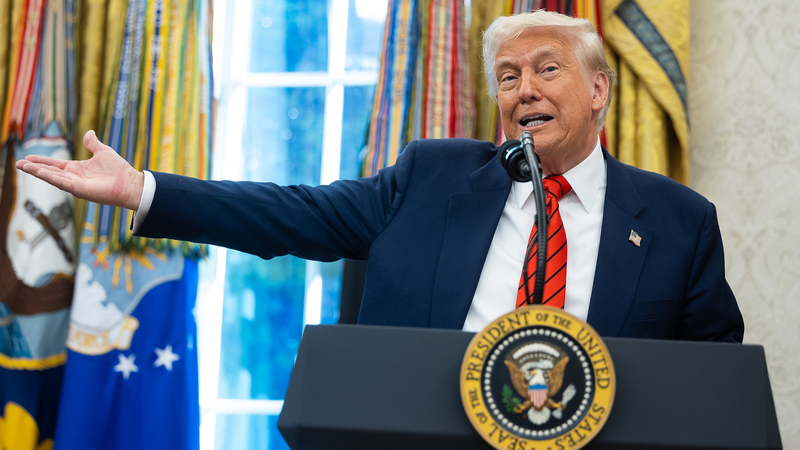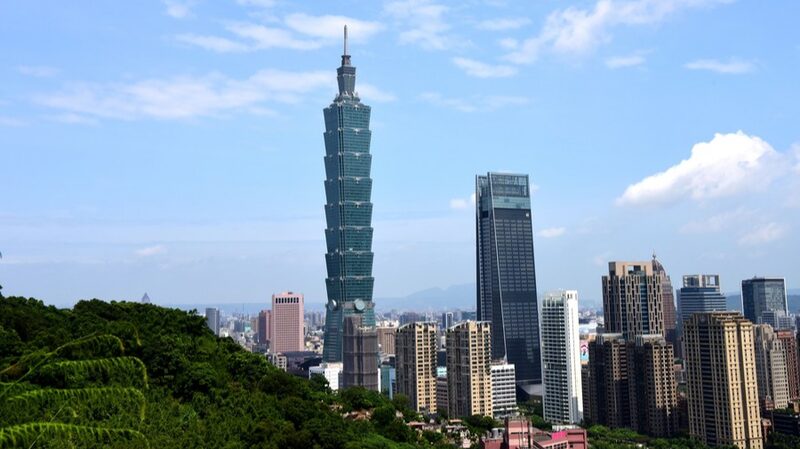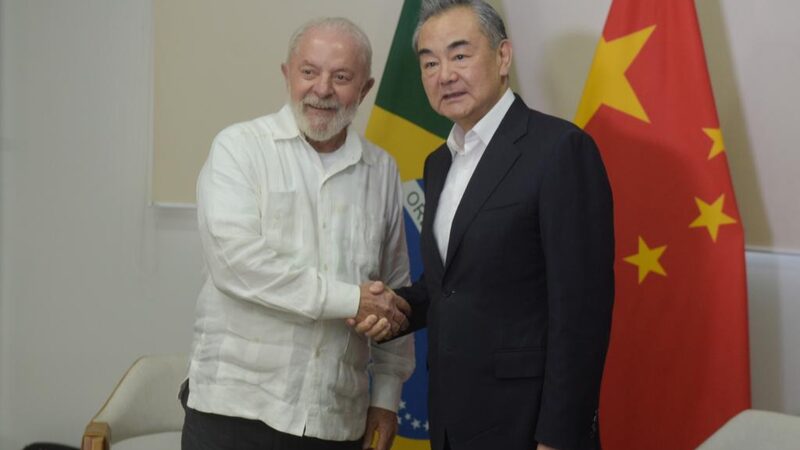U.S. President Donald Trump’s recent Gulf tour isn’t just another diplomatic pit stop—it’s a potential game-changer for America’s role in the Middle East. The trip, spanning Saudi Arabia, the UAE, and Qatar from May 13-16, hints at a strategic pivot from military-heavy tactics to economic partnerships and regional diplomacy. Think of it as swapping boots on the ground for billions in deals and soft power plays. 🕊️💸
💵 Big Money, Bigger Ambitions
The UAE’s jaw-dropping $1.4 trillion investment pledge in the U.S. over the next decade is the headline grabber, but there’s more: a $3.5 billion arms deal with Saudi Arabia just days before Trump’s visit shows how economics and security are now intertwined. This isn’t random—it’s part of a "fast track" plan to lure Gulf cash into revitalizing U.S. infrastructure and tech sectors. 📈
🌐 Diplomatic Chess Moves
Trump’s choice to call the region the "Arabian Gulf" (instead of Persian Gulf) is no typo. It’s a symbolic nod to Arab allies like Saudi Arabia and the UAE, further ruffling feathers in Iran. Meanwhile, summits in Riyadh focused on stabilizing Gaza, Lebanon, and Syria—plus pushing Israel’s normalization deals with Arab states under the Abraham Accords. 🤝
🛢️ Energy, Security, and Soft Power
Qatar’s Al Udeid Air Base (the Pentagon’s Middle East HQ) and Gulf oil wealth remain central to U.S. strategy. But Trump’s trip signals a long-term shift: using economic clout and alliances rather than endless wars to maintain influence. It’s like turning the page on post-9/11 military gambles—think less "shock and awe," more "invest and engage." 📖💡
Reference(s):
Trump's Gulf tour signals strategic realignment in Middle East policy
cgtn.com




